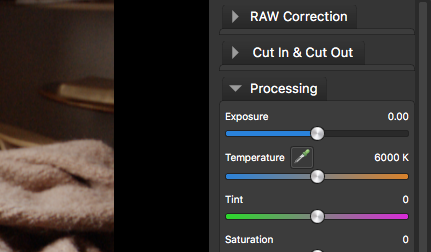Quote from: a1ex on July 05, 2018, 09:54:11 AM
We will need an icon for this new menu.
What else to put in it? (possibly moved from other menus)
- Benchmarks
- File manager
- Shutter count
- Screenshot?
- Temperature? (used by astro folks and not only)
- Lens info? (I've never used it other than for debugging purposes)
- Overclocking?
- Warnings for bad settings? (that should be mostly a set-and-forget item, maybe even baked in the defaults somehow)
- ... ?
+1 for: File manager, Screenshot, Benchmarks and Overclocking.





